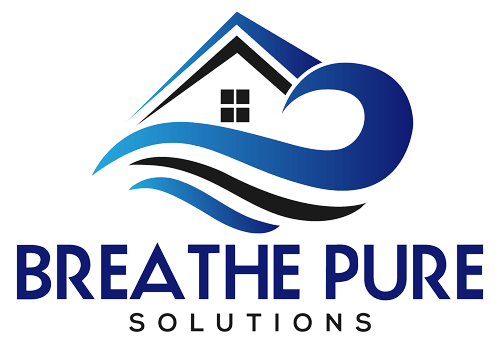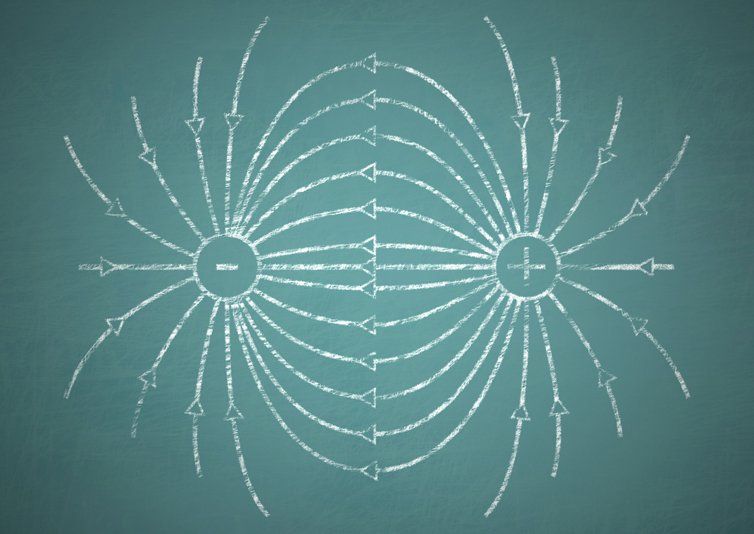The interaction of electromagnetic fields and mold in homes and buildings are receiving much more attention recently. According to the EPA, molds produce Allergens, (substances that can cause allergic reactions) Irritants potentially toxic substances (mycotoxins)
The EPA goes on to say that allergic responses include hay fever, sneezing, runny nose, red eyes, and skin rash, irritation to the eyes, skin, nose, throat, and lungs in both mold-allergic and non-allergic people. This only slightly touches on the true health implications of a home or building with water damage and elevated mold load.
Along with the typical allergenic responses that have been noted for years and years, mycotoxins have become the more studied, and in fact, the more alarming by-product of an elevated mold load within 4 walls. Mycotoxins are naturally occurring toxins produced by certain if not all molds. Some mycotoxins are more toxic than others. The ones that jump off of the page relative to health effects are aflatoxins, ochratoxins, and trichothecenes. According to the World Health Organization, mycotoxins can cause a variety of adverse health effects ranging from acute poisoning to long-term effects such as immune deficiency and cancer. Most studies regarding mycotoxins involve the toxins being on food, or cattle feed. Only recently has the attention been drawn to indoor mold load and indoor mycotoxin load. So what does all of this have to do with electromagnetic fields and 5G?


